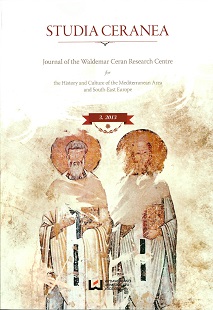Examining the Slavic Identity in the Middle Ages: Perception of Common Sense of Slavic Community in Polish and Bohemian Medieval Chronicles
Examining the Slavic Identity in the Middle Ages: Perception of Common Sense of Slavic Community in Polish and Bohemian Medieval Chronicles
Author(s): Adam MesiarkinSubject(s): History
Published by: Wydawnictwo Uniwersytetu Łódzkiego
Summary/Abstract: The concept of Slavic solidarity is taken by some political or ideological movements as obviosity. In its later tradition it is based mainly on the language and cultural solidarity emphasised by romantic (and earlier) literature. The very origin of closeness of nowadays (and historical) Slavic nations is there traced to assumed bio-historical root. From the perspective of scientific analysis the examination of the whole term Slav should be done at first place. In medieval Polish and Bohemian chronicles we can observe a growing phenomenon of the identification with wider name Slav and with the common history of Slavs as well. In the Chronicle of Greater Poland, followed by chronicle of the Pulkava of Radenín and with the work of Jan Długosz was defined the model of biblical genealogy of Slavic nations. The solidarity was based mainly on the perception of similar languages and geographical closeness and was transformed in a literary way into blood relations. Reflection of this literary concept in foreing affairs is hardly to declare, but some dynastical representatives used the intelectual concept in a literary propaganda of their goals.
- Issue Year: 2013
- Issue No: 3
- Page Range: 83-100
- Page Count: 18
- Language: English

